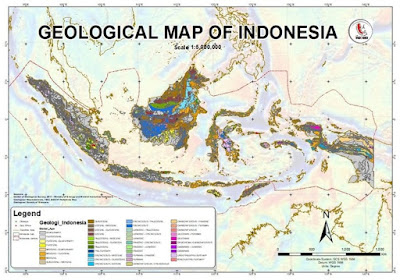PAPER 2019_Danendra&Gian&EkoTeguh_Sangeang Api Volcanotourism Exploring The New Geotourism Potential of Sangeang Api Volcano
Sangeang Api Volcano administratively located in Sangeang Island, Wera Sub-District, Bima District, West Nusa Tenggara, Indonesia. The study area is located on volcanic island that remain unexplored after it's biggest eruption on 1985. The west flank of Sangeang Api Volcano is the safest and most preserved area in the island since the latest eruption went east. It composed by 9 units of Holocene aged volcanic rock and coastal alluvial deposits. The morphology developed in the area are mainly controlled by volcanic activity such as barranco, lower volcanic slope, middle volcanic slope, volcanic valley, laharic river, and coastal plain. The purpose of this study is to uncover the potential of geotourism and geocultural aspect in the area. The new potential found as geotourism site are Lava Flow, Toro Amandaha Bay, Barranco, Sori Solah Valley, Sori Solah Waterfall, Cobble Beach, Melibe Mountains Reef, Fresh Water Spring, and Sunset Point.
The area also supported by unique local geocultural potential such as Tembe Nggoli handwoven, traditional fan dance, Rimpu Mpida outfit that used during traditional ceremonies, and traditional boat making both for fishing or annual competition at Sangiang Api Festival. This research used qualitative and quantitative description includes geological data, geomorphological data, geotourism and geocultural site mapping, also supported by petrographic analysis, geological structure analysis, SWOT analysis, and media publication. As a result Sangeang Api Volcano geosite can be developed and promoted as the first integrated tourism both onland and underwater geotourism in West Nusa Tenggara. The development of the geosite can make large impact to economic growth of the local community and can be used by the government as the first basic information for more sustainable development in that area.






Comments
Post a Comment